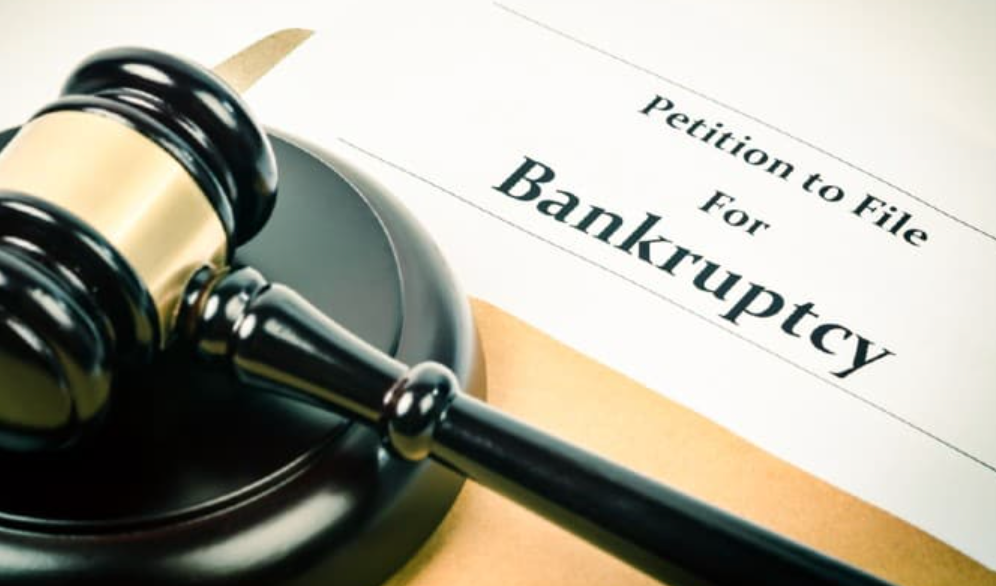In the state of California, filing for bankruptcy can be a stressful experience. Whether you are an individual or a business, several important steps must be taken to file for bankruptcy and start fresh successfully.
In this guide, we will provide an overview of the bankruptcy process in California and offer tips for debtors. We’ll cover types of bankruptcy available, exemptions and dischargeable debts, the pros and cons of filing for bankruptcy, how to choose a lawyer, completing documents to submit to the court, and meeting with the trustee and creditors.
What is Bankruptcy?
Family Lawyer It begins with filing a petition in court, along with several documents that provide information about the debtor’s assets, income, liabilities, and other financial information.
The bankruptcy process is designed to relieve debtors who cannot pay their debts. It gives them a chance for a fresh start and helps them make a plan for repaying creditors. In some cases, it may even result in some of the debtor’s debts being forgiven or discharged.
Individuals filing for bankruptcy can either restructure their debts or liquidate their assets. In either situation, their creditors may be required to accept the debtor’s repayment plan or receive a portion of their assets.
Overview of the bankruptcy process in california
The bankruptcy process in California is governed by the United States Bankruptcy Code and state laws. Title 11 of the United States Code governs all bankruptcy proceedings in California, but there are still some differences between states.
In California, individuals and businesses filing for bankruptcy must prepare documents that include information about their assets, liabilities, income, and other financial information. These documents must then be submitted to the court.
Once the documents have been filed, the court will assign a trustee to oversee the case. This trustee is responsible for ensuring that the bankruptcy laws pay creditors. The debtor must then attend a hearing and meet with creditors to discuss repayment plans.
After all of these steps have been completed, the court will issue a discharge of the debtor’s remaining debts. This discharge is permanent and prevents creditors from attempting to collect payment on those discharged debts.
Pre-Filing Considerations
Before you can file for bankruptcy, it’s important to understand the types of bankruptcy available and what debts are exempt or dischargeable.
Types of bankruptcy available
In California, the two most common types of bankruptcy for individuals or businesses are Chapter 7 and Chapter 13.
Chapter 7 is “straight bankruptcy” and involves liquidating the debtor’s assets to pay creditors. This type of bankruptcy is often used by individuals who have few assets and a large amount of debt.
Chapter 13, on the other hand, involves reorganizing the debtor’s debts and creating a repayment plan. This type of bankruptcy is often used by individuals who have regular income and want to keep some or all of their assets.
Exemptions and dischargeable debts
In California, certain types of debt may be exempt from bankruptcy or dischargeable. Exempt debt means it cannot be discharged in bankruptcy and must be paid according to the original repayment plan. Examples of exempt debts include student loans, alimony, child support, and certain taxes.
Dischargeable debts are those that can be eliminated through bankruptcy. These include most unsecured debts, such as credit card debt and medical bills.
Pros and cons of filing for bankruptcy
Before filing for bankruptcy, it’s important to understand both the benefits and drawbacks. On the one hand, filing for bankruptcy can provide much-needed relief from overwhelming debt. It may also result in some or all of your debt being discharged.
On the other hand, bankruptcy can stay on your credit report for up to 10 years and may make it difficult to obtain loans or mortgages in the future. Additionally, some of your assets may be liquidated to pay creditors.
It’s important to weigh all these factors carefully before deciding whether or not to file for bankruptcy. Consulting with a knowledgeable attorney can help you make an informed decision about your financial future.
Filing for Bankruptcy
Once you have decided to file for bankruptcy, several steps must be taken to complete the process. These include choosing an attorney, completing and submitting documents to the bankruptcy court, meeting with the trustee and creditors, and attending a hearing.
Choosing an attorney
The first step in filing for bankruptcy is to choose an attorney experienced in this area of law. Your attorney can help you with all process aspects, from completing paperwork to representing you at hearings.
Completing and submitting documents to the bankruptcy court
The next step is to gather all necessary documents, such as statements of assets, liabilities, income, and other financial information. These documents must then be submitted to the court for review by a trustee. This process helps ensure that your creditors will be paid in the most equitable manner possible.
Meeting with the trustee and creditors
After all of your documents have been submitted to the court, you must attend a meeting with the trustee and any creditors who wish to attend. This is an opportunity for you to answer questions about your financial situation and discuss repayment plans. The trustee will then make a recommendation to the court as to whether you should be granted a discharge.
Post-Filing Considerations
Once your bankruptcy has been filed, there are still several considerations that must be taken into account to ensure a successful outcome.
Complying with court orders
The court orders must be followed to complete the bankruptcy process. This includes attending all hearings, completing financial counseling classes, and making payments as outlined in the repayment plan.
Rebuilding credit and financial health
After filing for bankruptcy, it is important to begin rebuilding your credit score and financial health. This can be done by establishing a budget, paying bills on time, and using credit responsibly.
Understanding bankruptcy discharge
Finally, it is important to understand the bankruptcy discharge process. This includes understanding which debts have been discharged and any applicable restrictions. It is also important to remember that bankruptcy can stay on your credit report for up to 10 years and may make it difficult to obtain loans or mortgages in the future.
Conclusion
The bankruptcy process in California is complex and requires careful consideration of the options available. As a debtor, it’s important to be aware of the different types of bankruptcies and how they can affect your future, as well as any possible alternatives that may help you out.
Ultimately, with the right information and professional advice, you should be able to find a way out of your financial situation. With the right guidance, you can be on your way to a fresh start and an improved financial outlook. Best of luck.
Farbood Majd Esq.
Family Law & Divorce Attorney in Beverly Hills
Providing service in English and Farsi
Address: 8383 Wilshire Blvd. Suite 646, Beverly Hills, CA 90211
Phone: 310.956.4600 | Fax: 310.878.8989
Email: [email protected]


Recent Comments